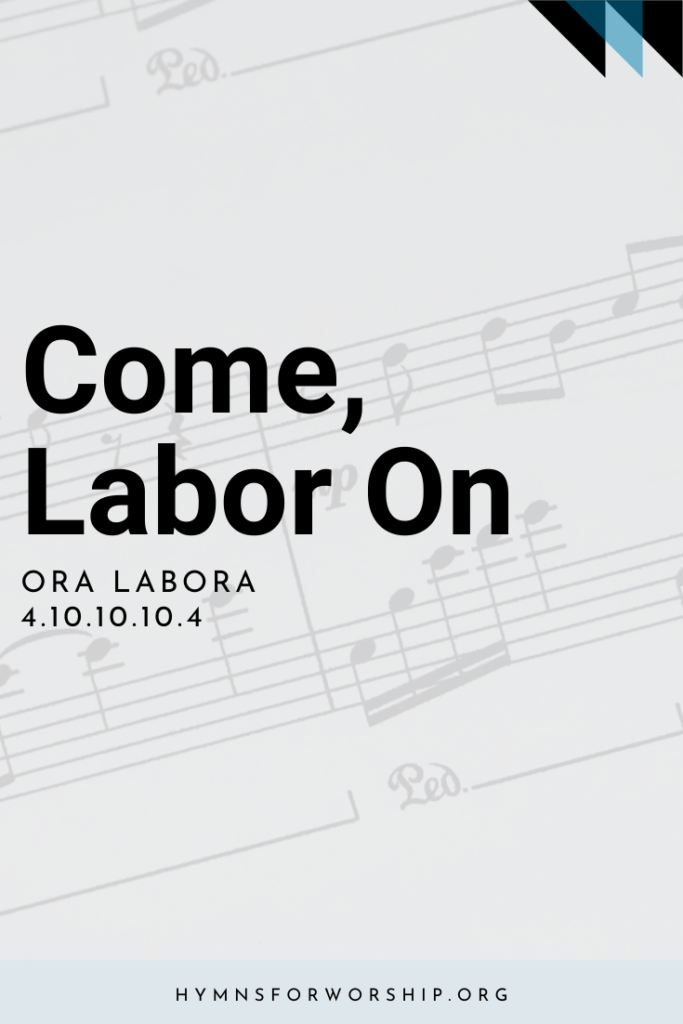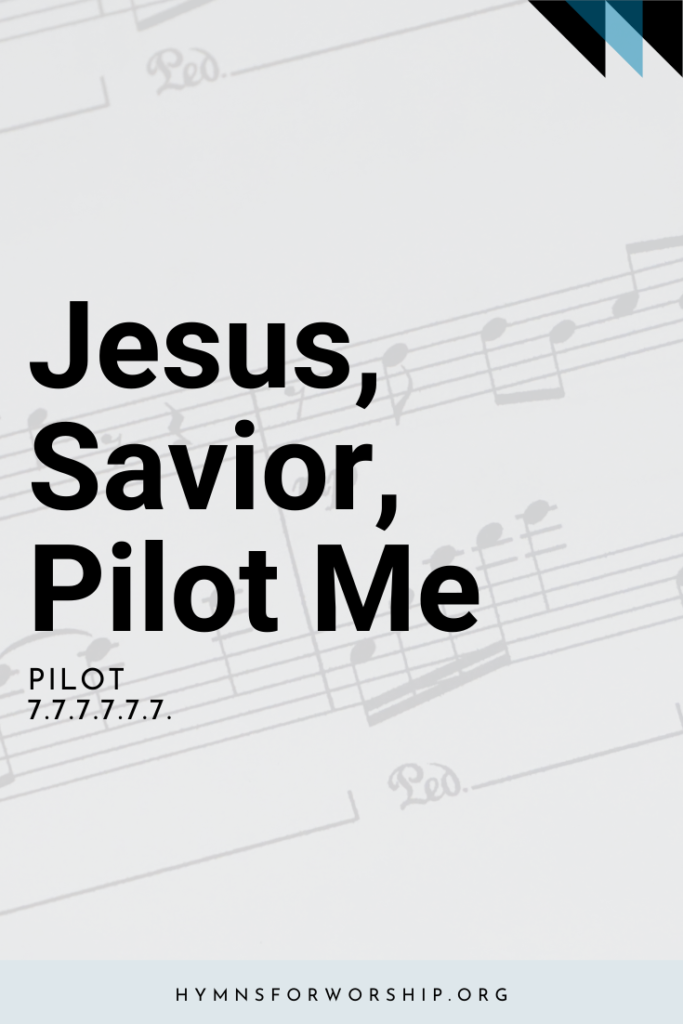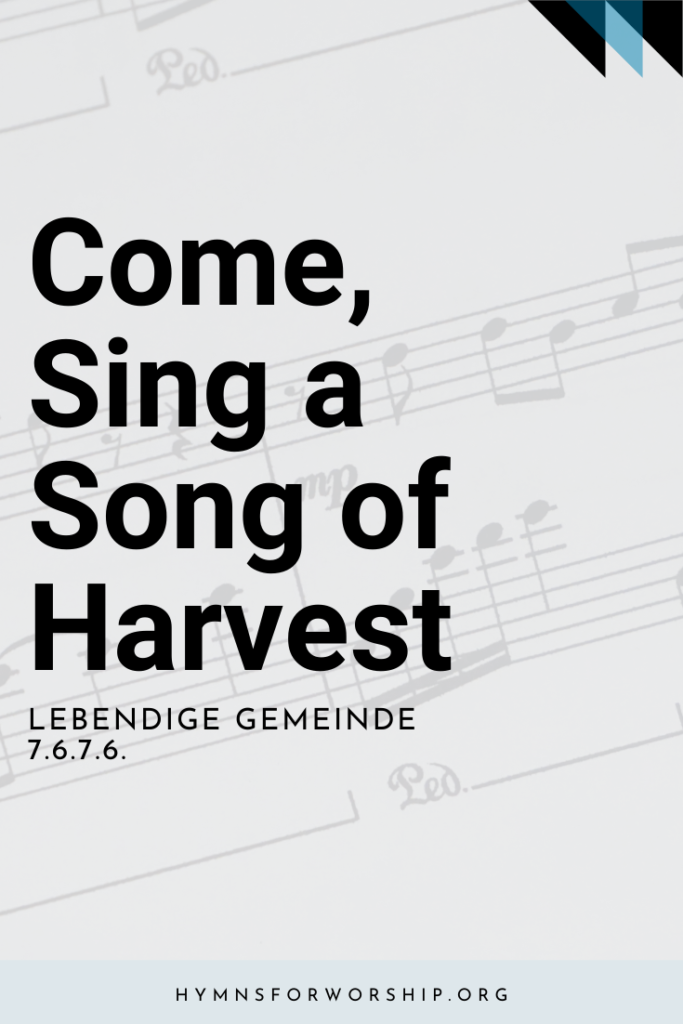CHRISTIAN CHURCH >> Mission of the church
SDAH 357
Come, labor on.
Who dares stand idle on the harvest plain
While all around him waves the golden grain?
And to each servant does the Master say,
“Go work today.”


Text
1
Come, labor on.
Who dares stand idle on the harvest plain
While all around him waves the golden grain?
And to each servant does the Master say,
“Go work today.”
2
Come, labor on.
Claim the high calling angels cannot share;
To young and old the gospel gladness bear;
Redeem the time; its hours too swiftly fly.
The night draws nigh.
3
Come, labor on.
No time for rest; till glows the western sky,
Till the long shadows oér our pathway lie,
And a glad sound comes with the setting sun,
“Well done, well done!”

Hymn Info
Biblical Reference
(a) Matt 20:3; John 4:35; Matt 21:28 (b) Matt 13:25 (c) Eph 5:16 (d) Matt 25:21
Author
Jane L. Borthwick (1813-1897) alt.
Year Published
1863
Performance Suggestions
Unison
Copyright
Copyright 1918 by the H.W. Gray Company, a division of Belwin-Mills Publishing Corp. Used by permission. All rights reserved.
Hymn Tune
ORA LABORA
Metrical Number
4.10.10.10.4.
Composer
T. Tertius Noble (1867-1953)
Year Composed
1916

Get the hymn sheet in other keys here
Notes
Make each hymn more meaningful with these helpful tools: Short, ready-to-use hymn introductions for church bulletins, multiple ways to introduce a hymn based on your worship theme and in-depth history and insights to enrich your song service.
Jane Borthwick (1813-1897; see SDAH 461) wrote this challenging missionary hymn for church workers; she published it in her thoughts for thoughtful Hours, 1859, with the heading “Always Abounding in the Work of the Lord” (1 Cor. 15:58). She revised it in 1863. Reginald McCall, writing in the hymn, October 1953, had this to say about the composer of ORA LABORA (Pray, Work): “T. Tertius Noble had the double distinction of holding one of England’s highest organ positions—he became organist at York Cathedral when only 31 -and that of carrying on the Anglican tradition in America through his 30 years’ service in St. Thomas’ Church, New York, beginning at the age of 46.” He was considered the dean emeritus of American organist and choirmasters.
Born May 5, 1867, Bath, England, Thomas Tertius Noble made his first musical appearance at age 11, at 14 he went to Colchester, 50 miles northeast of London, to go to school, and was organist at All Saints’ Church. He studied under a scholarship to the royal College of Music; his teachers were three knighted musicians; Sir Walter Parratt, organist of St. George’s Chapel, Windsor; Sir Charles Stanford (see SDAH 32), one of the most distinguished musicians of that time. As Stanford’s assistant at Cambridge University, Noble was thrilled to hear the free accompaniments for hymn singing at trinity College Chapel. This experience influence his own style, his best – known works being two collections of free organ accompaniments written to some of the tunes in the Episcopal Hymnal 1940. From 1892 to 1898, Tertius Noble served as organist at Ely Cathedral, one of the largest and most imposing in England, following in the footsteps of Christopher Tye and John Farrant. His next position was at prestigious York Cathedral, where he founded and directed a symphony orchestra.
In 1913 he accepted the call to one of the finest neo-Gothic churches in America, St. Thomas’ Church in New York City. Here he developed a fine boys’ choir in the best cathedral tradition, and earned a reputation for virtuosity on the new Skinner organ that was built to his specifications. For three years he was president of Hymn Society of America. Honorary degrees were conferred on him by Columbia University and Trinity College, Doctor of Music. He served on the Joint Commission on Church Music for the Episcopal Hymnal 1940. Commemorating 50 years of his service as a church musician is a memorial window in St. Thomas’ Church.
Retiring at age 75 to his home at Rockport, Massachusetts, he enjoyed playing the organ in his home and at the small Episcopal church nearby, which he helped design and build. He wrote many anthems, services, and organ works. He was known for his pursuit of excellence. He continued writing until his death on May 4, 1953.





